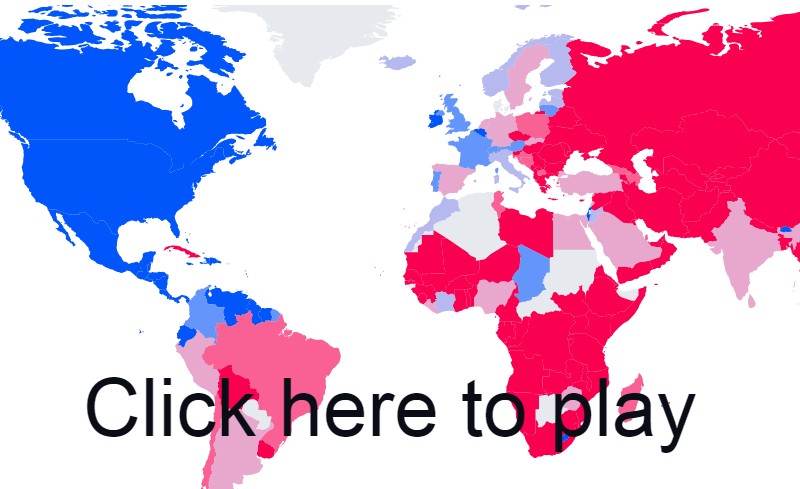Originally published at Lowy Institute | July 20, 2020
Who dominates global trade? It is well recognized that China has become the world’s largest trading nation. Less appreciated is the effect this has had in displacing the United States from its traditional dominance as a trading partner for other countries around the world.
We examined this using data from the IMF’s Direction of Trade Statistics database, which provides a repository of bilateral trade flows for most countries. We focus on gross trade flows (i.e. exports plus imports) which serves as a measure of the degree of trade integration between two economies and ask for each country whether the US or China is the larger trading partner.
China’s rise since the turn of the century has been swift.
In 2001, the year China acceded to the World Trade Organisation, over 80% of countries with data available had a larger volume of trade with America than China. By 2018, that figure was down to a little over 30% – with two-thirds of countries (128 out of 190) trading more with China than the United States.
Equally important, 90 countries (almost half) traded more than twice as much with China as with America (these are shown in dark red in the chart).
Driving this picture is that China’s economy is far more export driven than the US, it is deeply enmeshed in global supply chains, and has been growing much faster.
In terms of policy drivers, many factors have been at play. But China’s 2001 accession to the World Trade Organisation has clearly been central, with the number of countries trading more with China than with the United States increasing rapidly thereafter. This was aided by an under-valued exchange rate during this period that helped make Chinese exports especially competitive.
The turning point for global trade was the 2008-09 financial crisis, with China overtaking the United States as the larger trading partner for more than half of all countries. In recent years the trend in China’s favour has petered out as its economy has slowed while America’s has picked up. China’s exchange is also no longer under-valued by most accounts.
Regardless, the global trade landscape has already been substantially reshaped.
Alyssa Leng: Research Associate in the Asian Power and Diplomacy program at the Lowy Institute. Alyssa works primarily on the Lowy Institute Asia Power Index.
Roland Rajah: Lead Economist and Director, International Economics Program Lowy Institute

